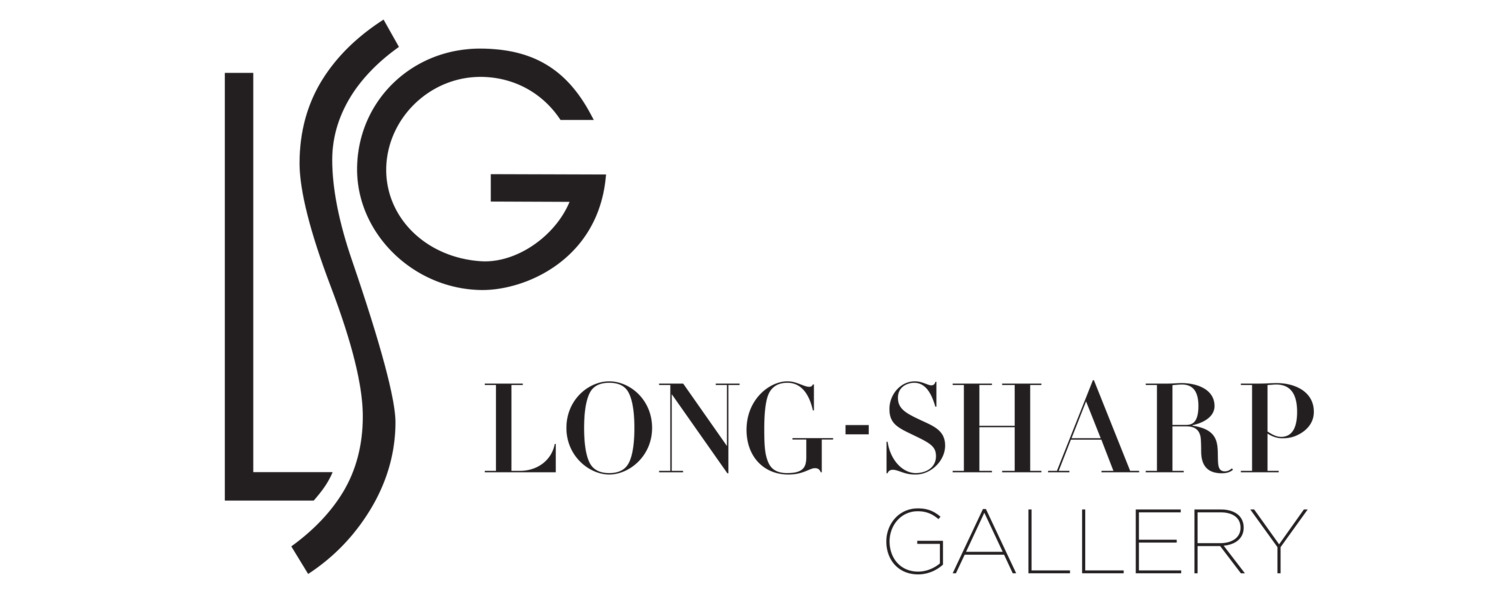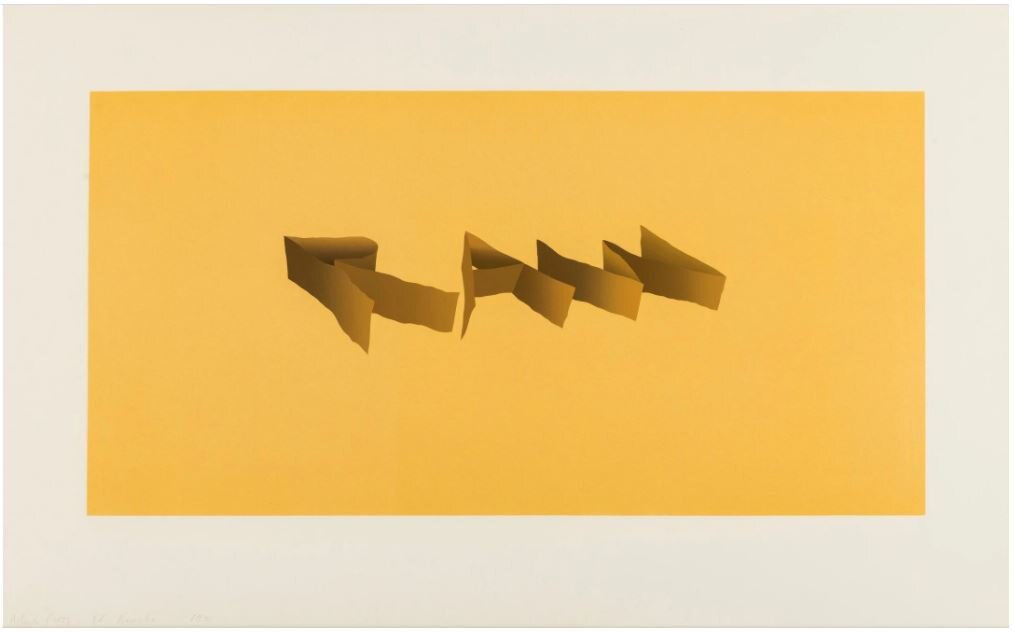Ed Ruscha
Born in Omaha, Nebraska in 1937, American artist Ed Ruscha grew up in Oklahoma City, Oklahoma with his family. In 1956, Ruscha moved to Los Angeles, California where he pursued his art studies at Chouinard Art Institute, now the California Institute of the Arts. While in school, his paintings pondered the use of abstraction, especially after seeing a reproduction Target with Four Faces (1955) by Jasper Johns. After seeing this work, Ruscha began his own exploration of language, abstraction, and the relationship between the two.
After graduating from Chouinard Art Institute, he moved into the world of advertising. Continuing his study of design, he began to further investigate the idea of scale, viewpoint, and abstraction congruently interacting, while managing to still keep typography in play. Of his work, Twentysix Gasoline Stations (1963), he spoke of his inspiration, “I like the idea of a word becoming a picture, almost leaving its body, then coming back and becoming a word again.” Whilst working in a diverse set of mediums from photography, painting, drawing, and artist books, his works continue to be inspired by the ironies and cultural atmosphere found in his Los Angeles life.
The first retrospective of Ruscha’s drawings was held in 2004 at the Whitney Museum of American Art. Ruscha represented the United States at the 51st Venice Biennale (2005) with Course of Empire, an installation of ten paintings. Inspired by nineteenth-century American artist Thomas Cole’s famous painting cycle of the same name, the work alludes to the pitfalls surrounding modernist visions of progress. In 2018, Ruscha’s Course of Empire was presented concurrently with Cole’s at the National Gallery in London. In 2016, he was the subject of a sprawling exhibition at the de Young Museum in San Francisco, titled “Ed Ruscha and the Great American West,” it included 99 works which dealt with America’s captivation with the western landscape and manifest destiny. The artist’s works are held in the collections of The Museum of Modern Art in New York, the National Gallery of Art in Washington, D.C., the Tate Gallery in London, and the Los Angeles County Museum of Art.


